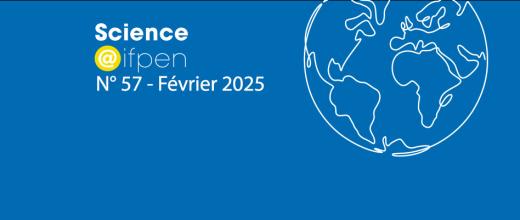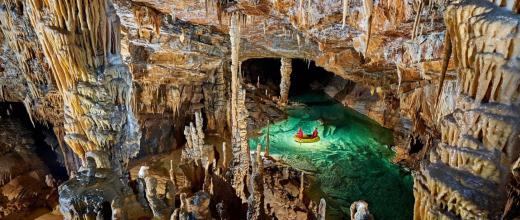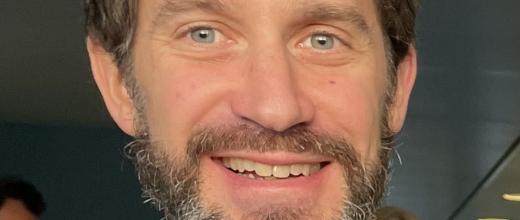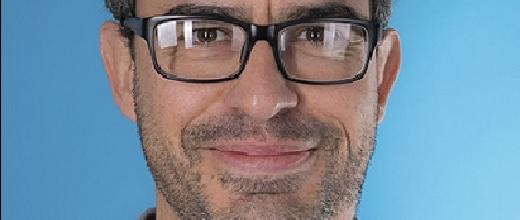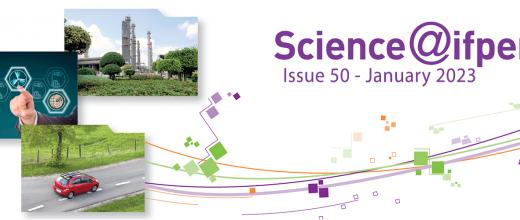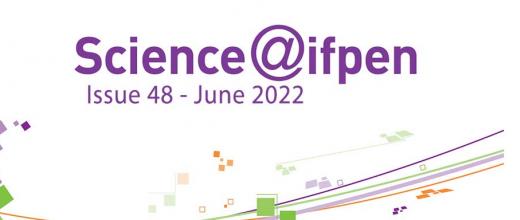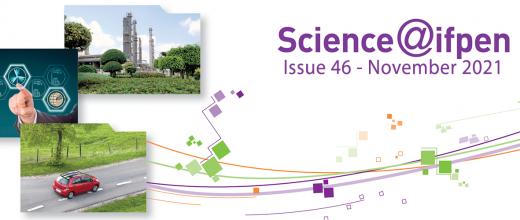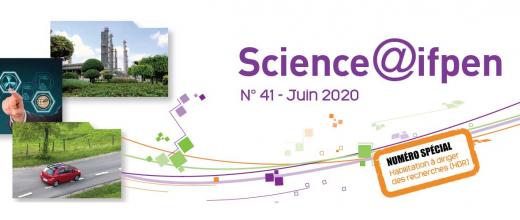Underground reservoir modeling in essential for many applications: aquifer management, underground compound or energy storage, mineral and energy resource recovery (e.g., geothermal energy). Modeling makes it possible to optimize resource management while minimizing societal and environmental risks. However, in order to be efficient, this modeling must be multiscale, and IFPEN’s research teams are therefore guided by this requirement.
